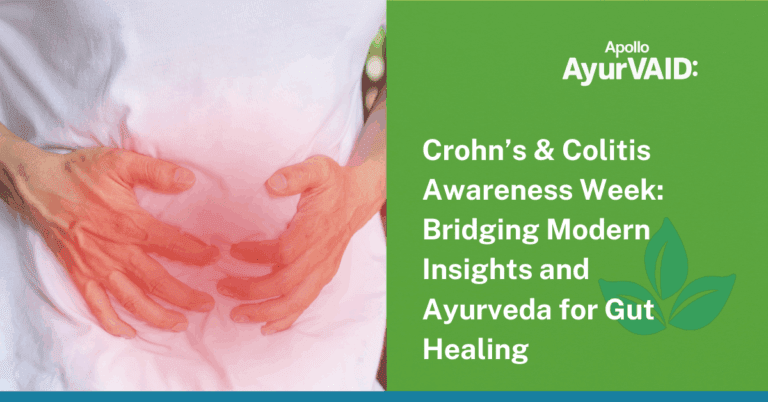
Stages of Osteoarthritis
Osteoarthritis is a degenerative joint disease that affects millions of people worldwide. It typically develops slowly and worsens over time, causing chronic pain and mobility issues. Understanding the stages of osteoarthritis can help individuals to understand their disease condition, take steps to manage their symptoms, and decelerate the rate of disease progression.
Four Stages of Osteoarthritis
Stage 1: Initial Cartilage Damage – In this stage, the cartilage that cushions the joint begins to wear down, leading to mild discomfort and pain after physical activity.
Stage 2: Mild Osteoarthritis – The cartilage continues to erode, causing more frequent pain and stiffness in the joint, especially after periods of inactivity. This stage may also be marked by mild swelling and decreased range of motion.
Stage 3: Moderate Osteoarthritis – By this stage, the cartilage has significantly worn away, and the bones begin to rub against each other, causing more severe pain, swelling, and stiffness. This stage may also lead to the formation of bone spurs, which can make movement even more painful.
Stage 4: Severe Osteoarthritis – In the final stage of osteoarthritis, the cartilage is almost completely gone, leaving the bones to rub against each other with every movement. This can cause intense pain, deformity, and severely limited mobility.
Early Symptoms of Osteoarthritis
The symptoms of osteoarthritis can be subtle and develop slowly over time. Some of the early signs to look out for include:
- Joint pain after physical activity or long periods of inactivity
- Stiffness in the joints, especially in the morning not exceeding 30 mins or after sitting for extended periods
- A crunching or popping sensation in the joints during movement
- Swelling or tenderness in the affected joint
If you experience any of these symptoms, it’s essential to seek medical attention promptly to receive a proper diagnosis and begin early treatment.

Conclusion
In conclusion, the stages of osteoarthritis progress gradually, causing increased pain, swelling, and stiffness in the joints over time. Early detection and treatment can help to slow down the progression of the disease and improve the quality of life. Ayurvedic treatments, such as herbal remedies and lifestyle changes, can be beneficial in managing symptoms and improving overall joint health. Consider reaching out to AvurVAID Hospitals for personalized and effective Ayurvedic treatment options.






